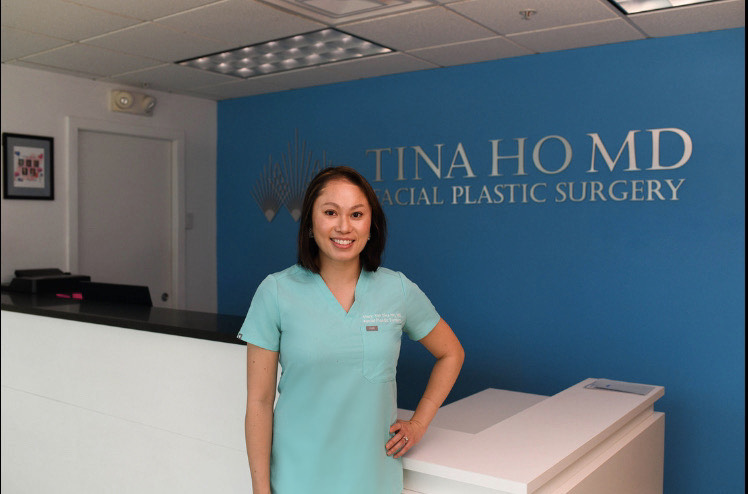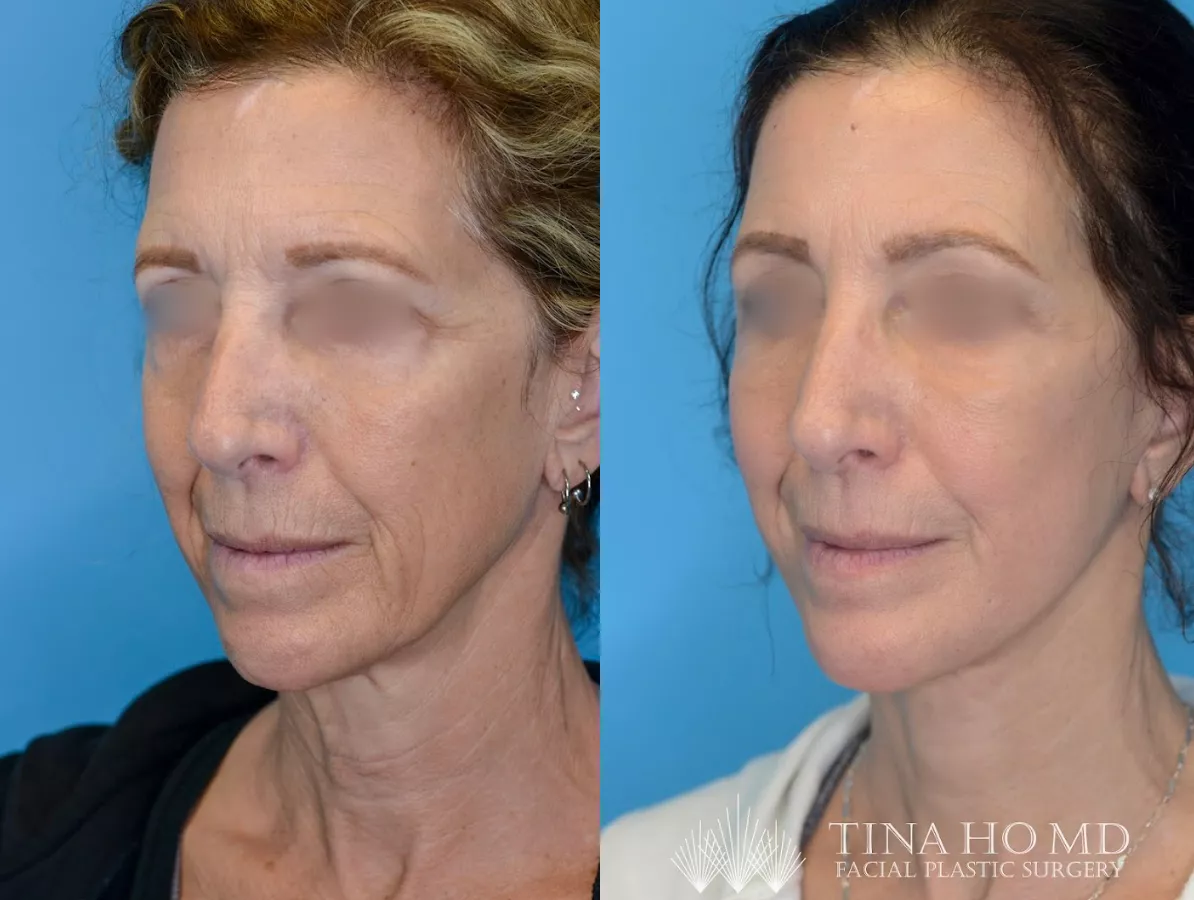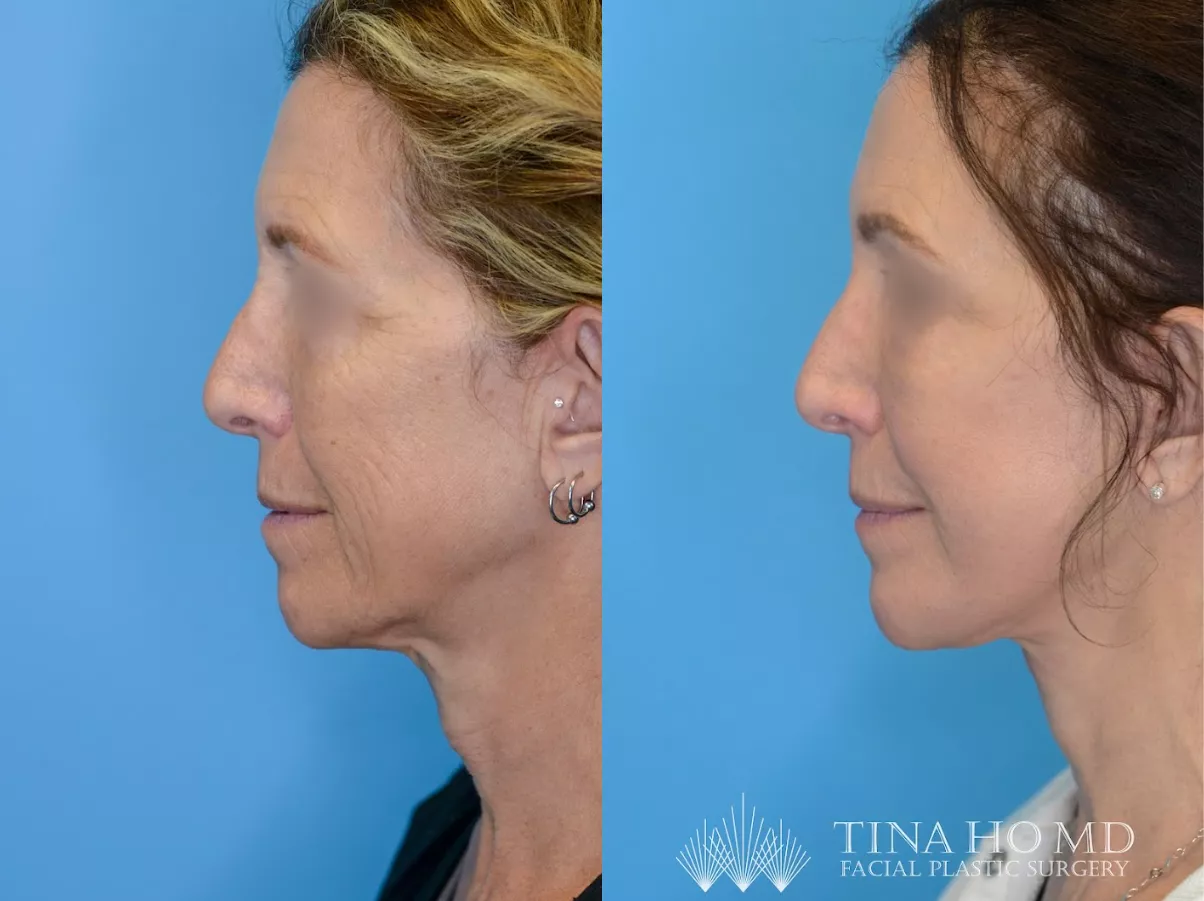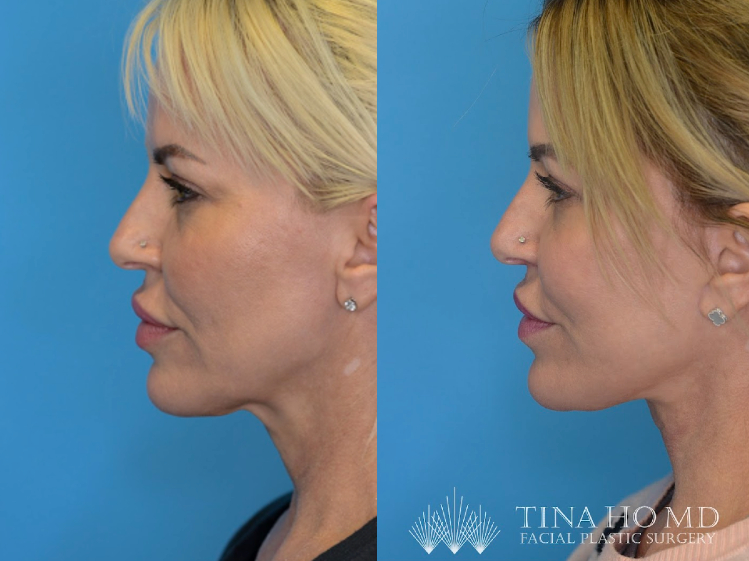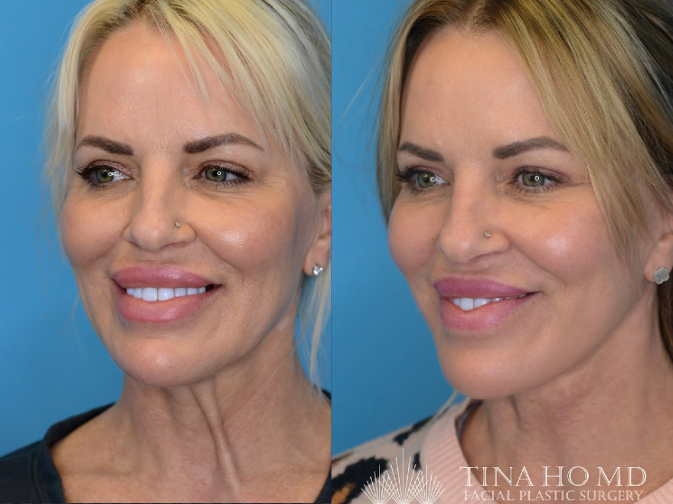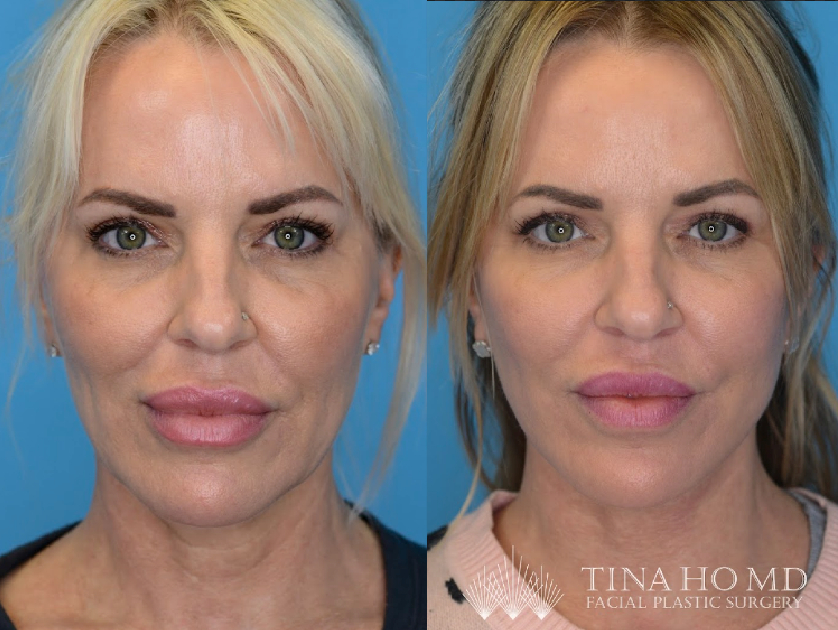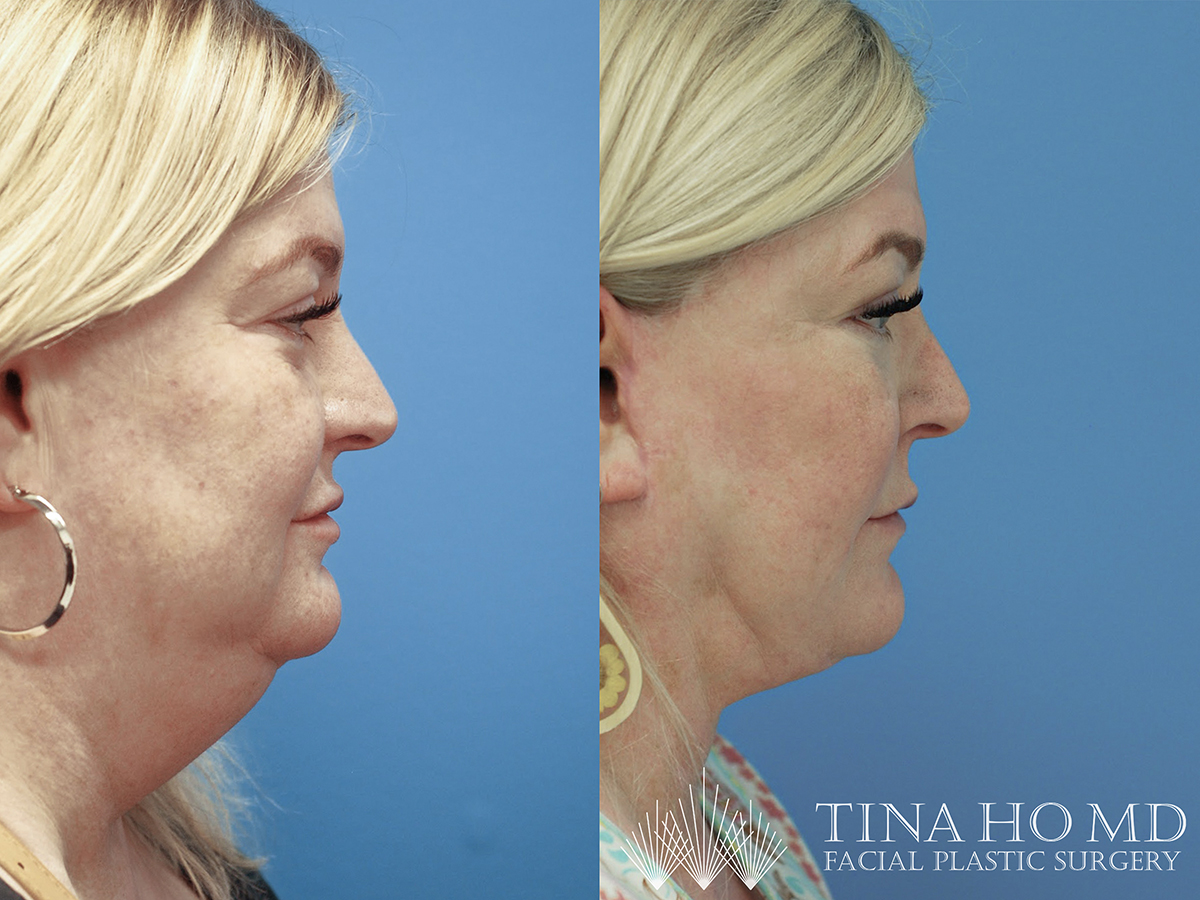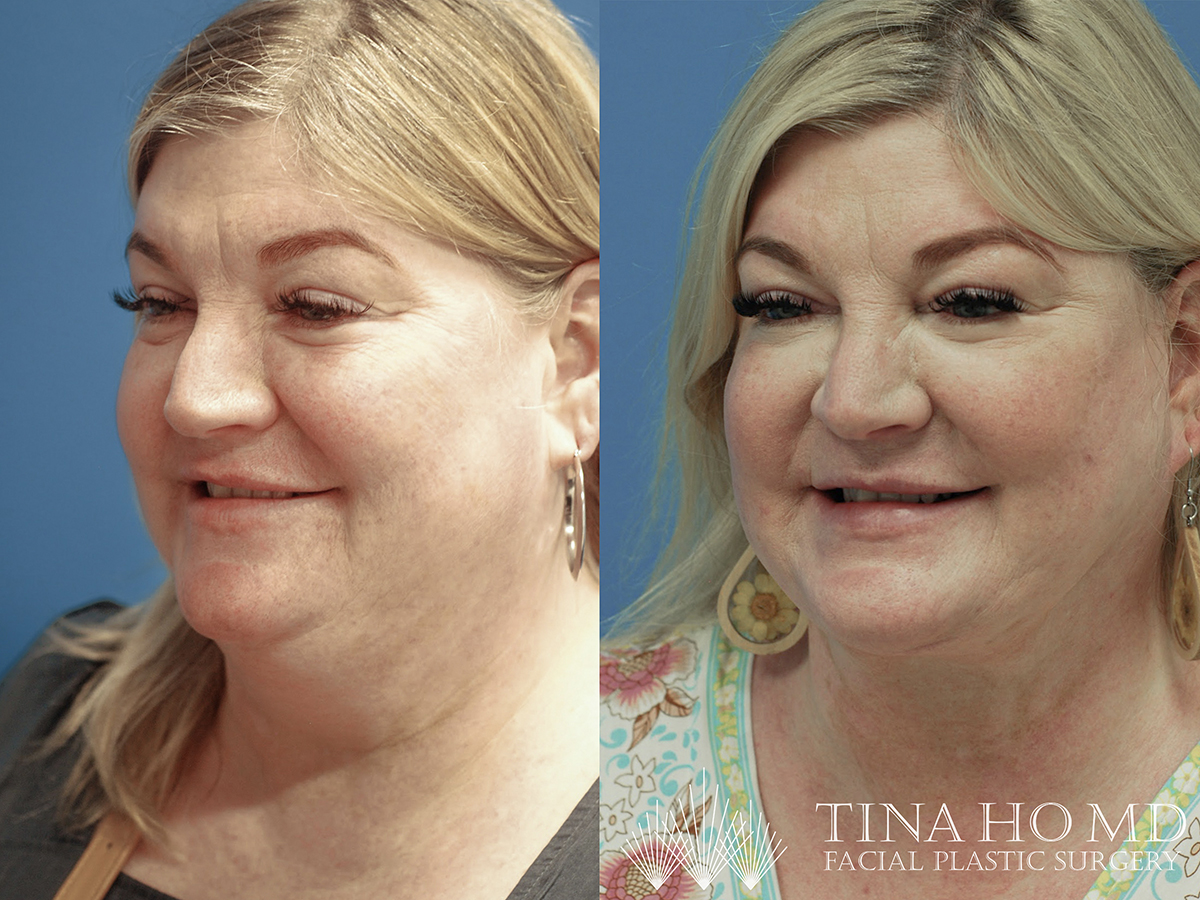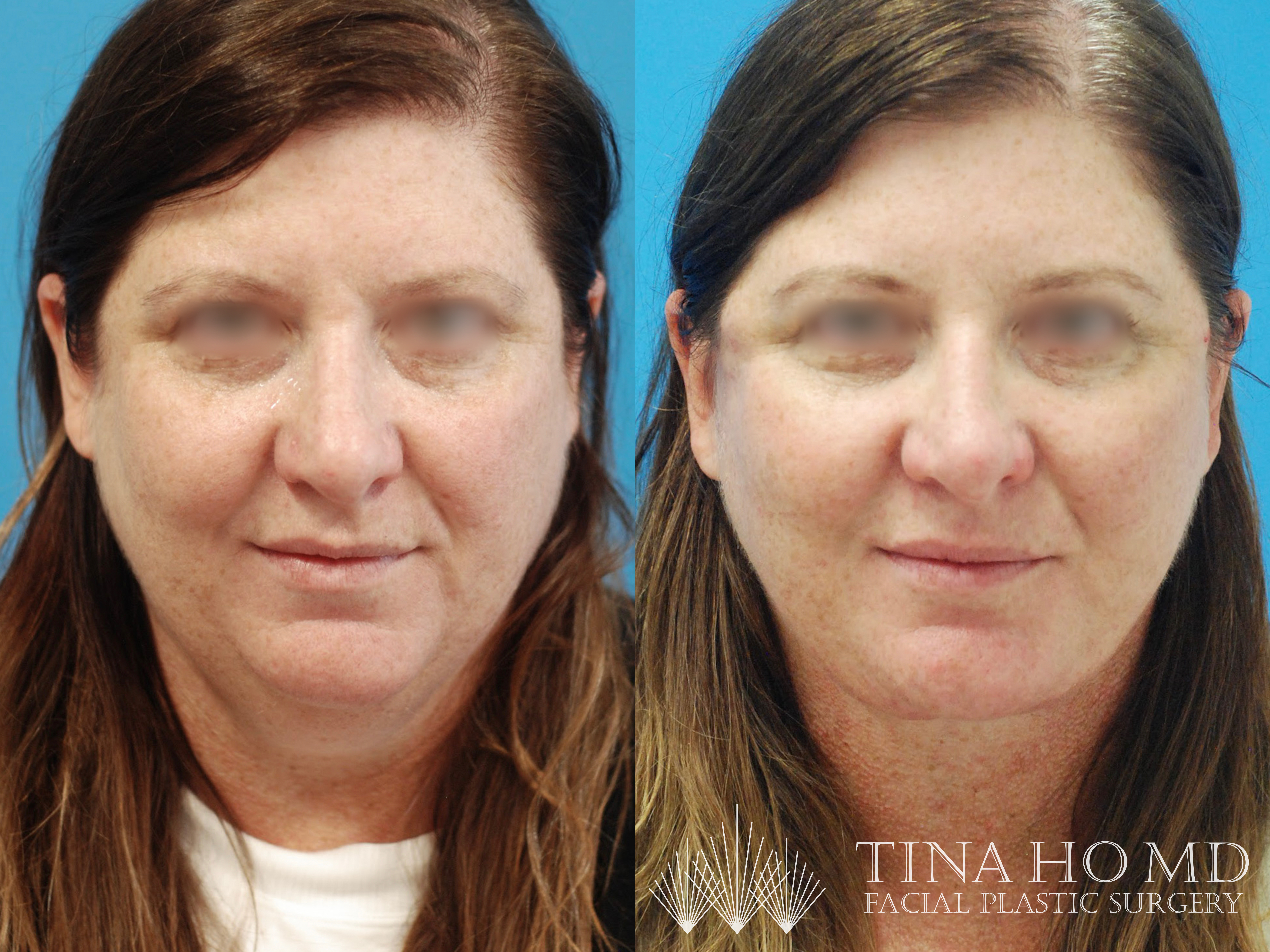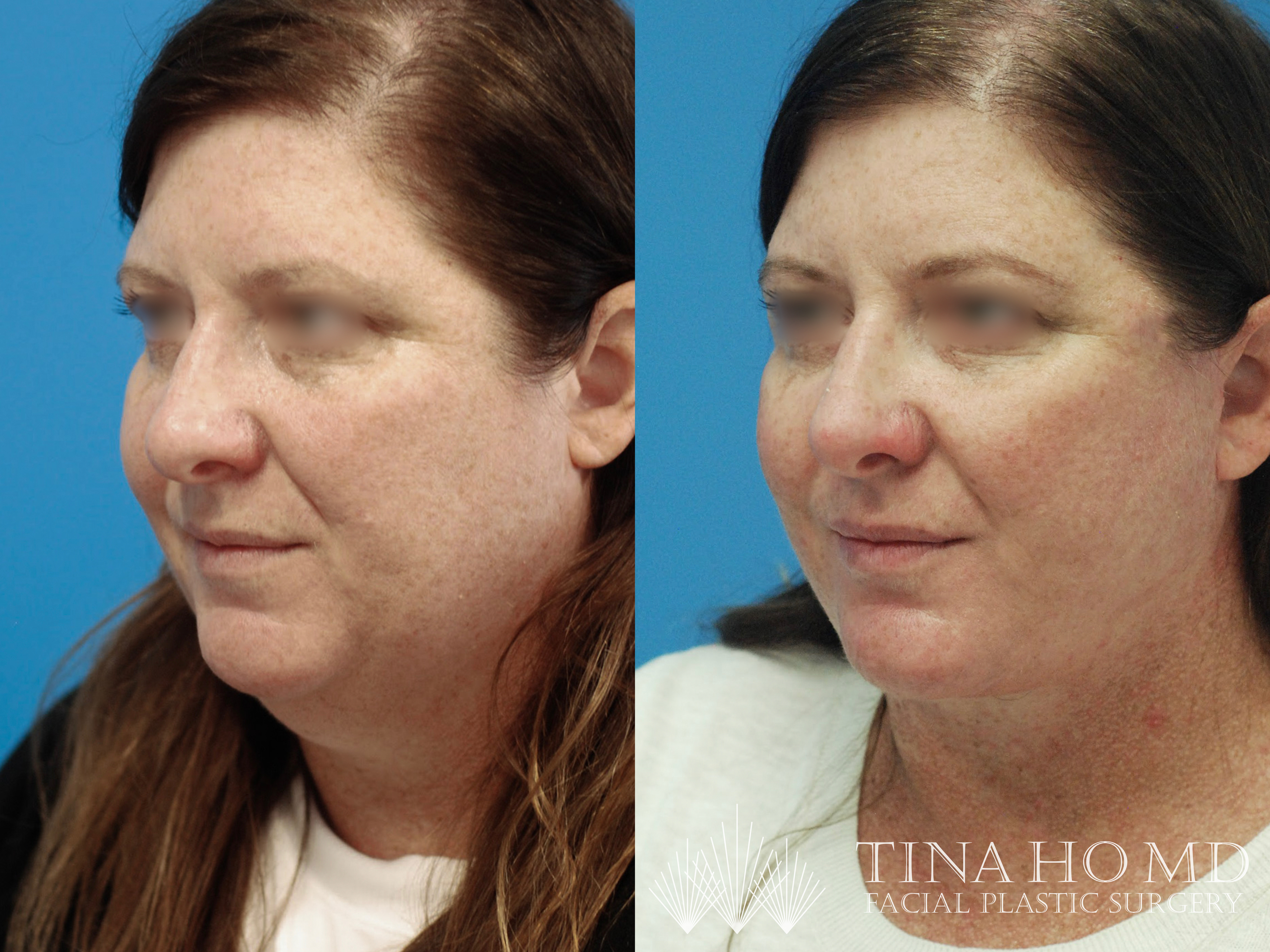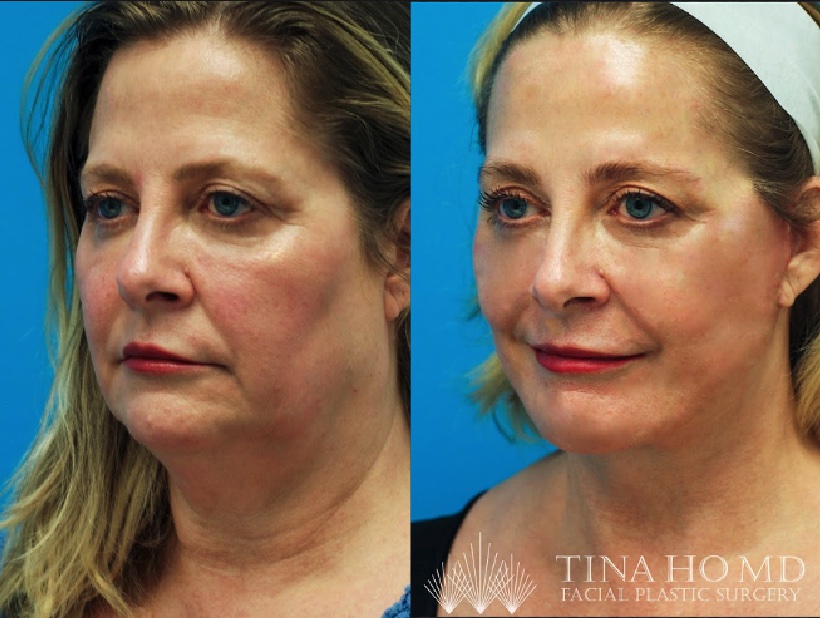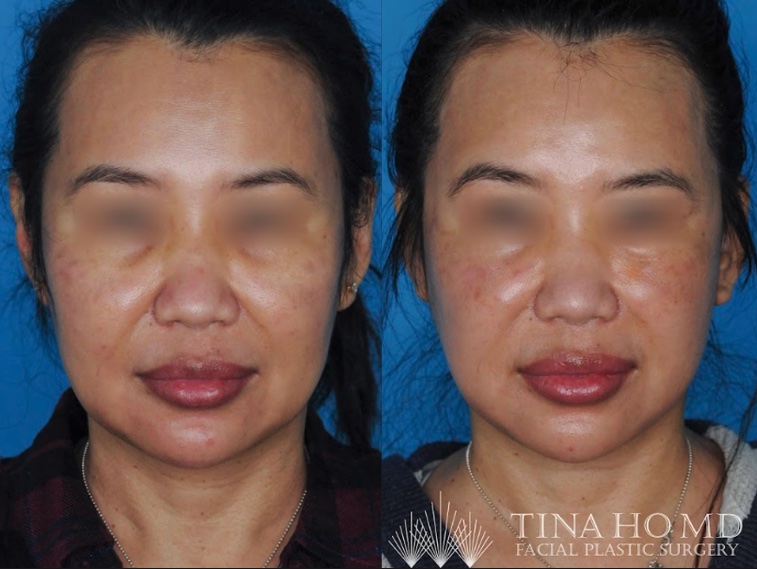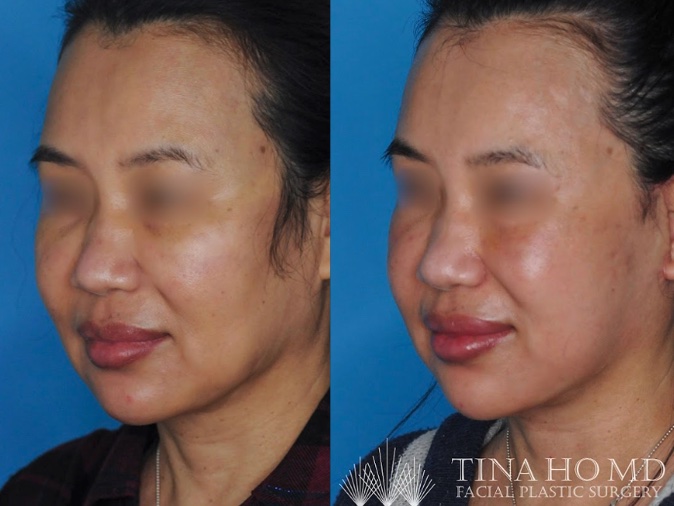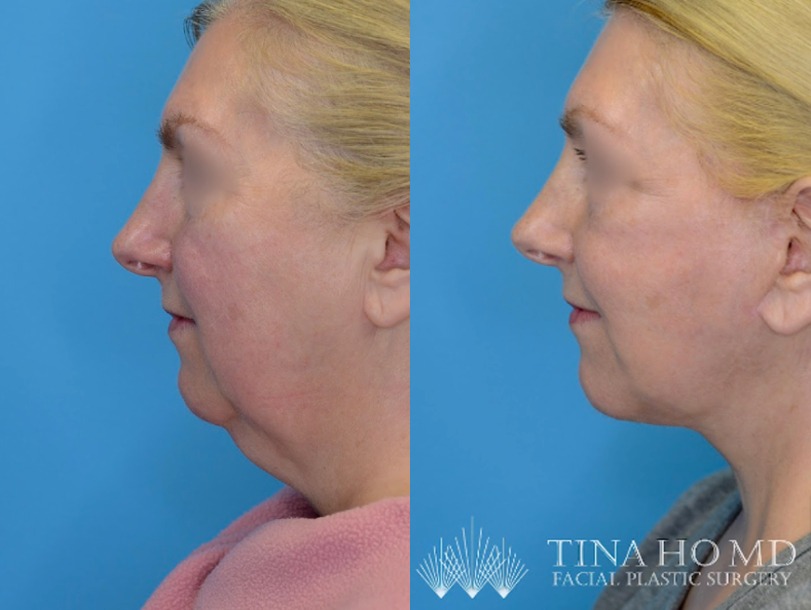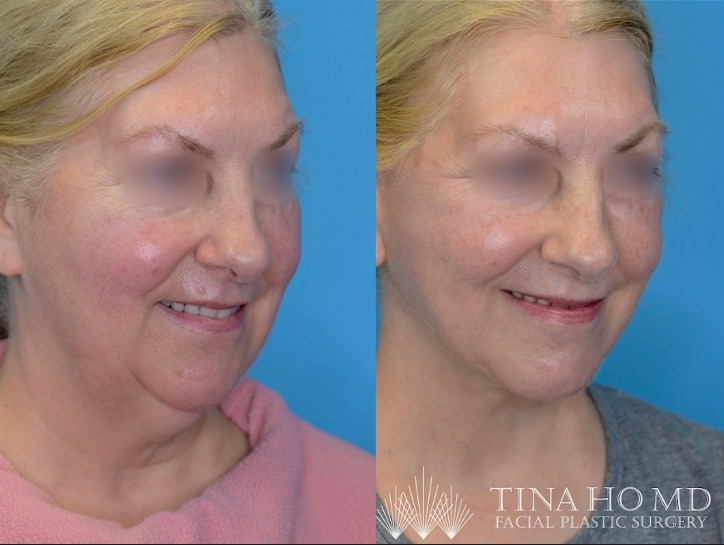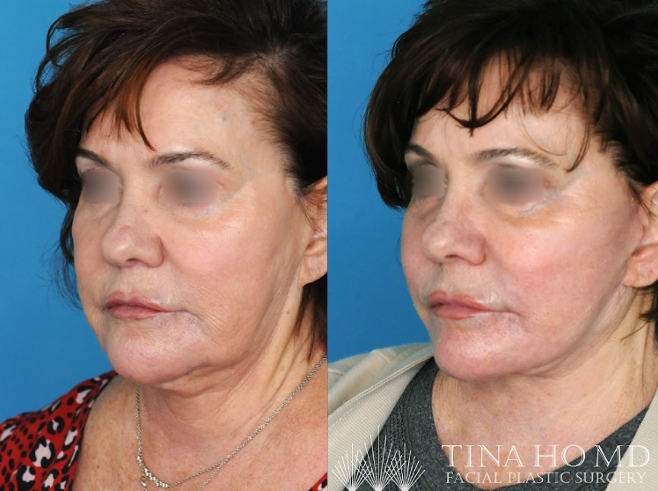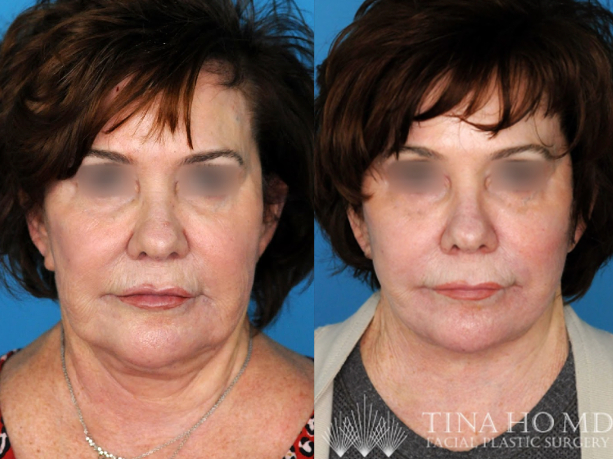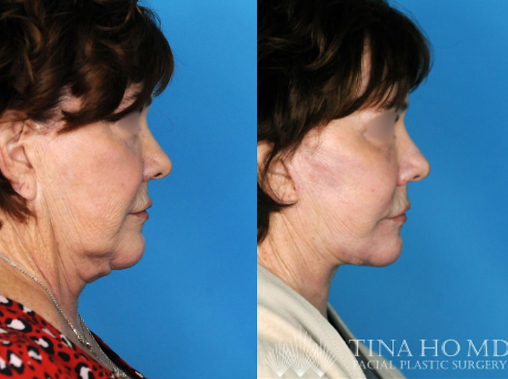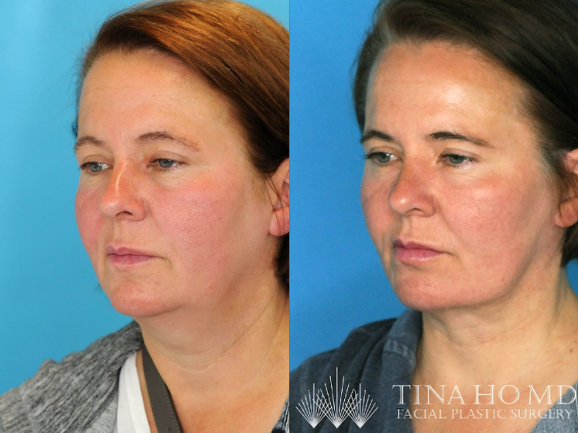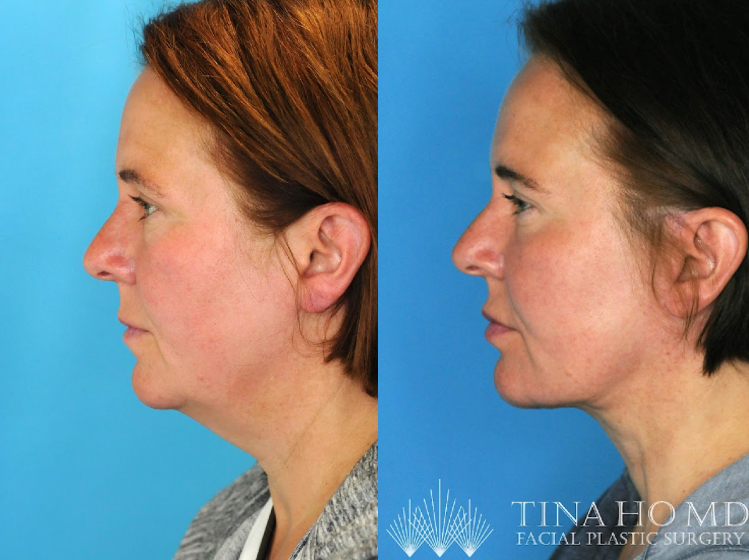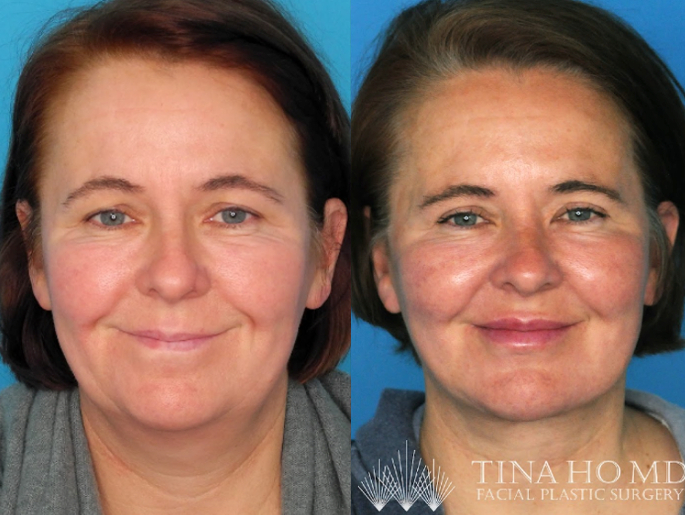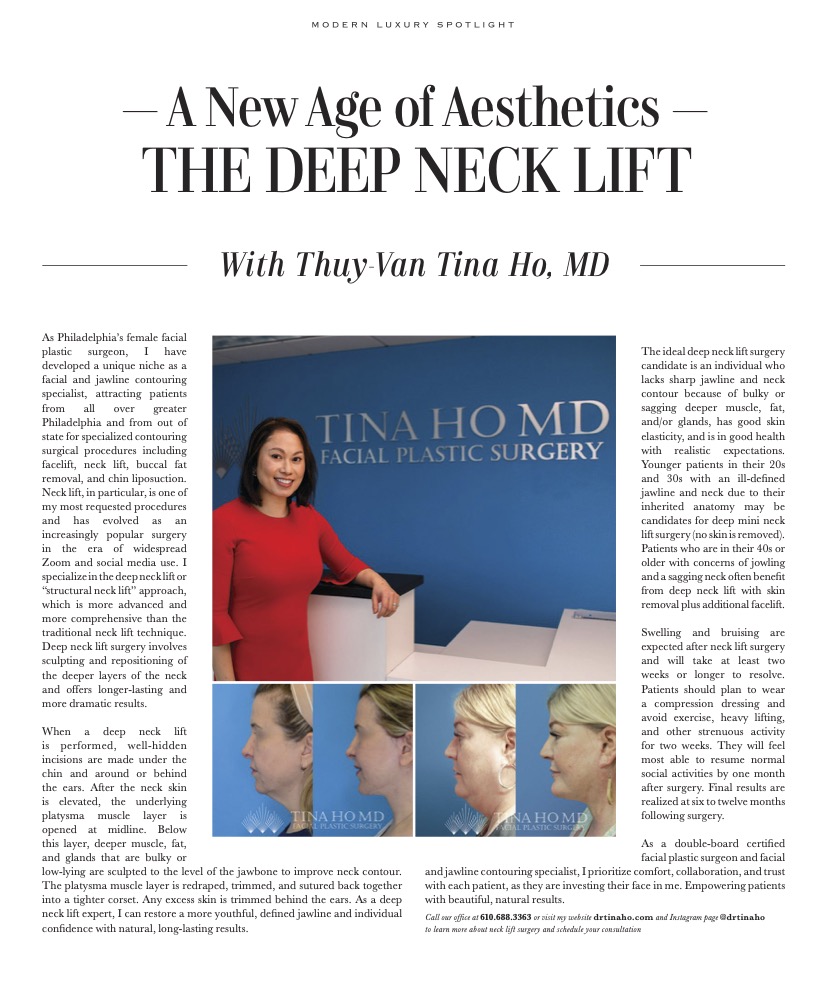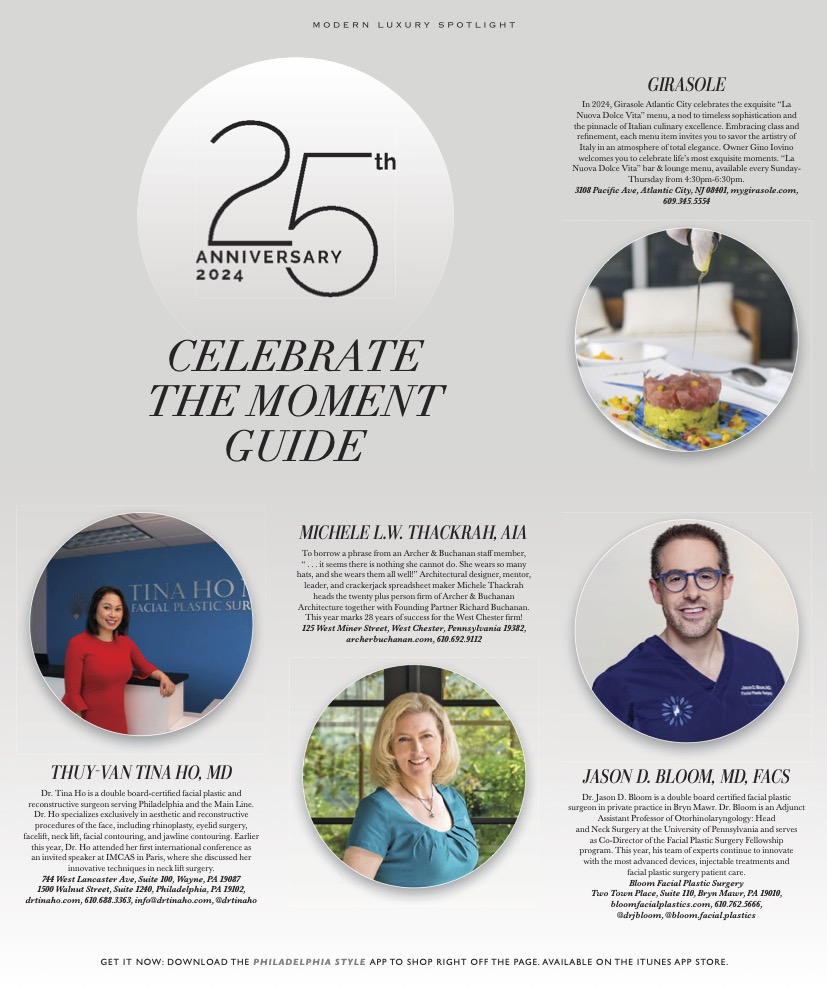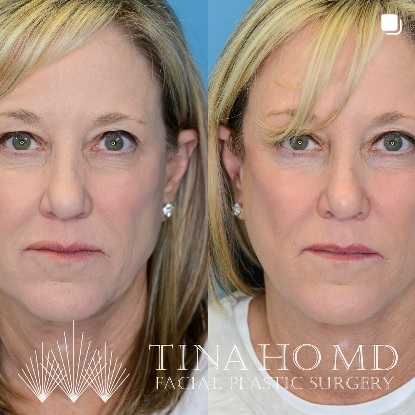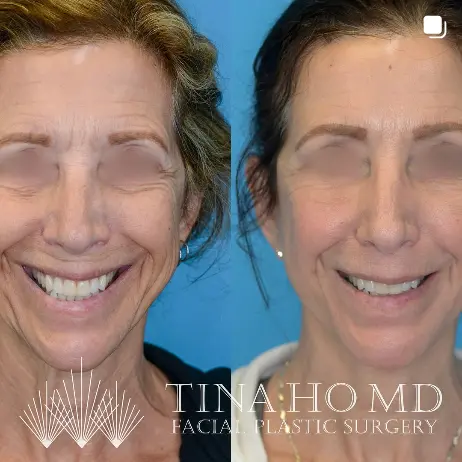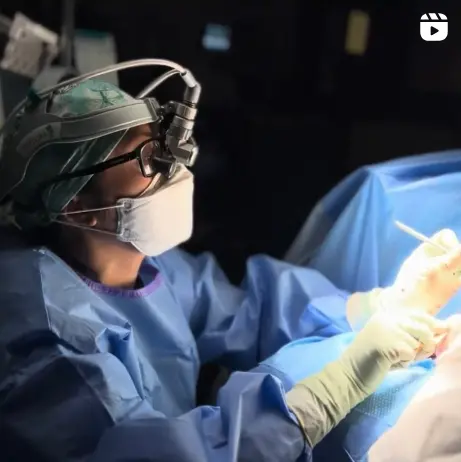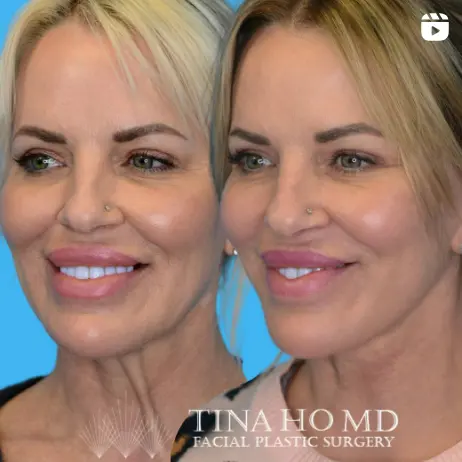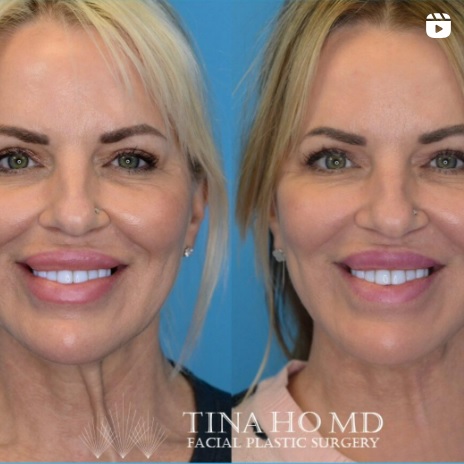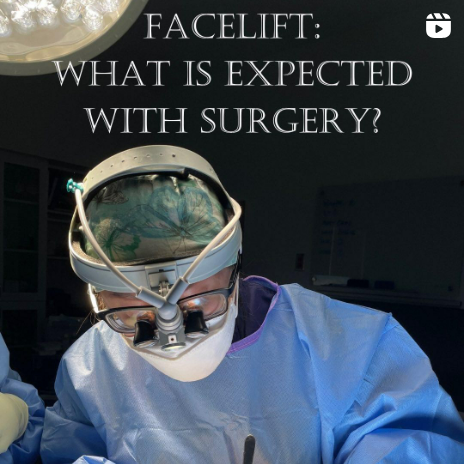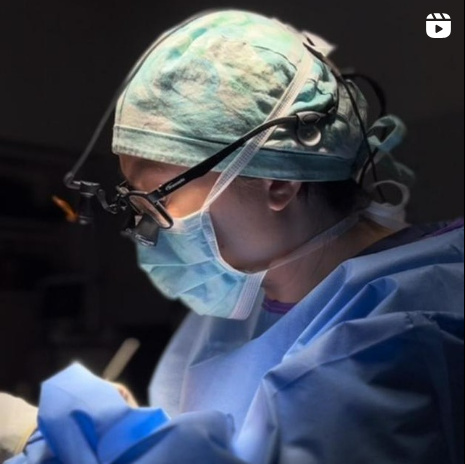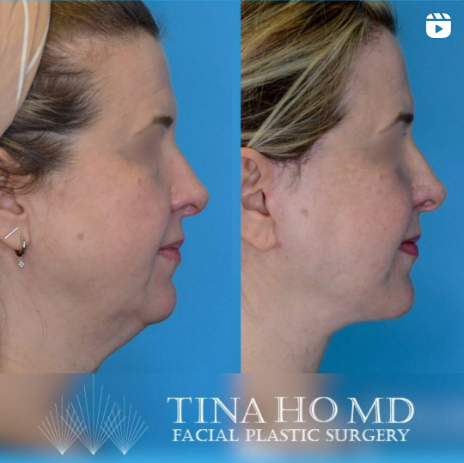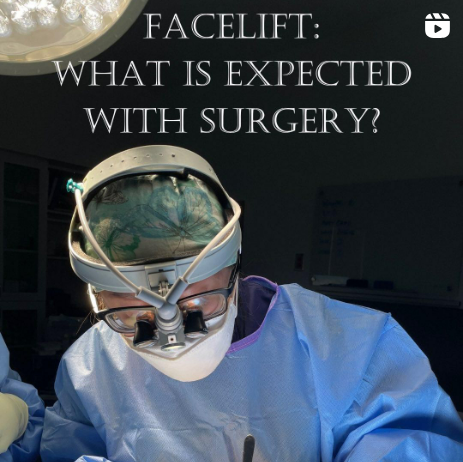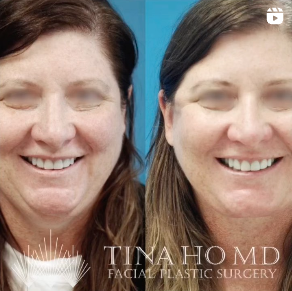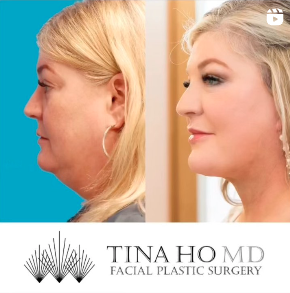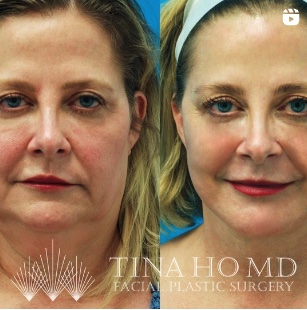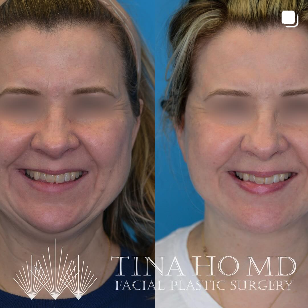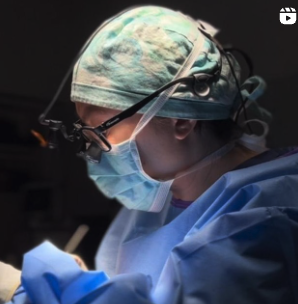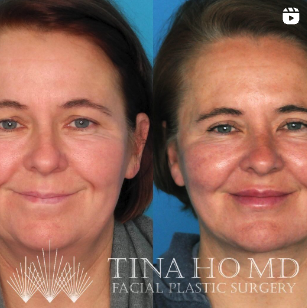Table of Contents
Book Now

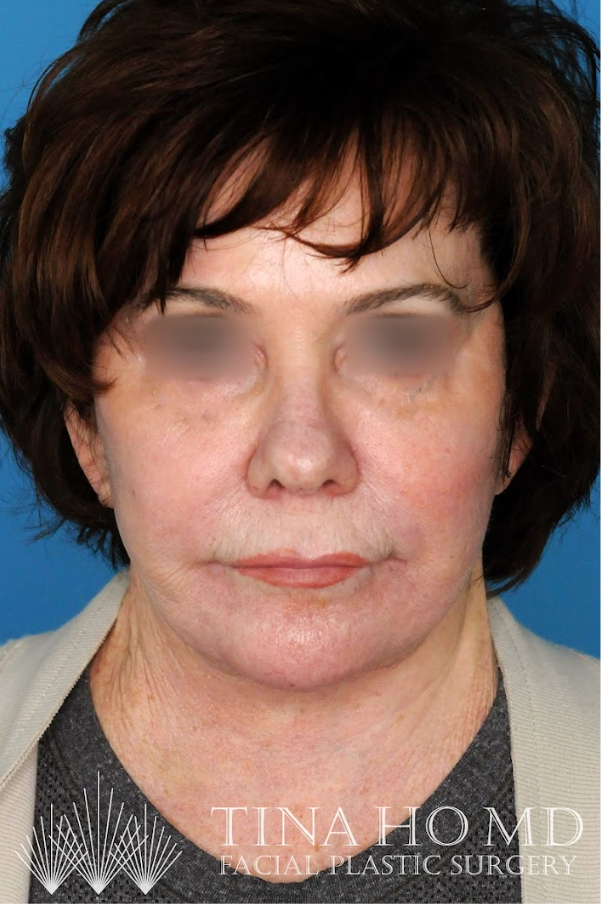
Before & After
View Gallery
Introduction to
Rhytidectomy (Facelift)
What is Rhytidectomy?
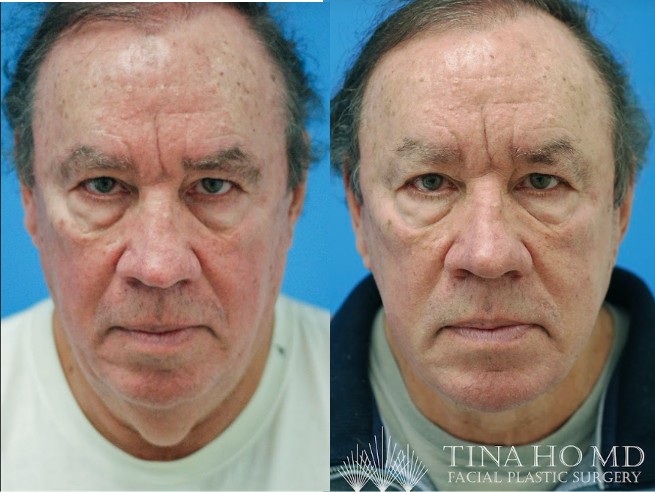
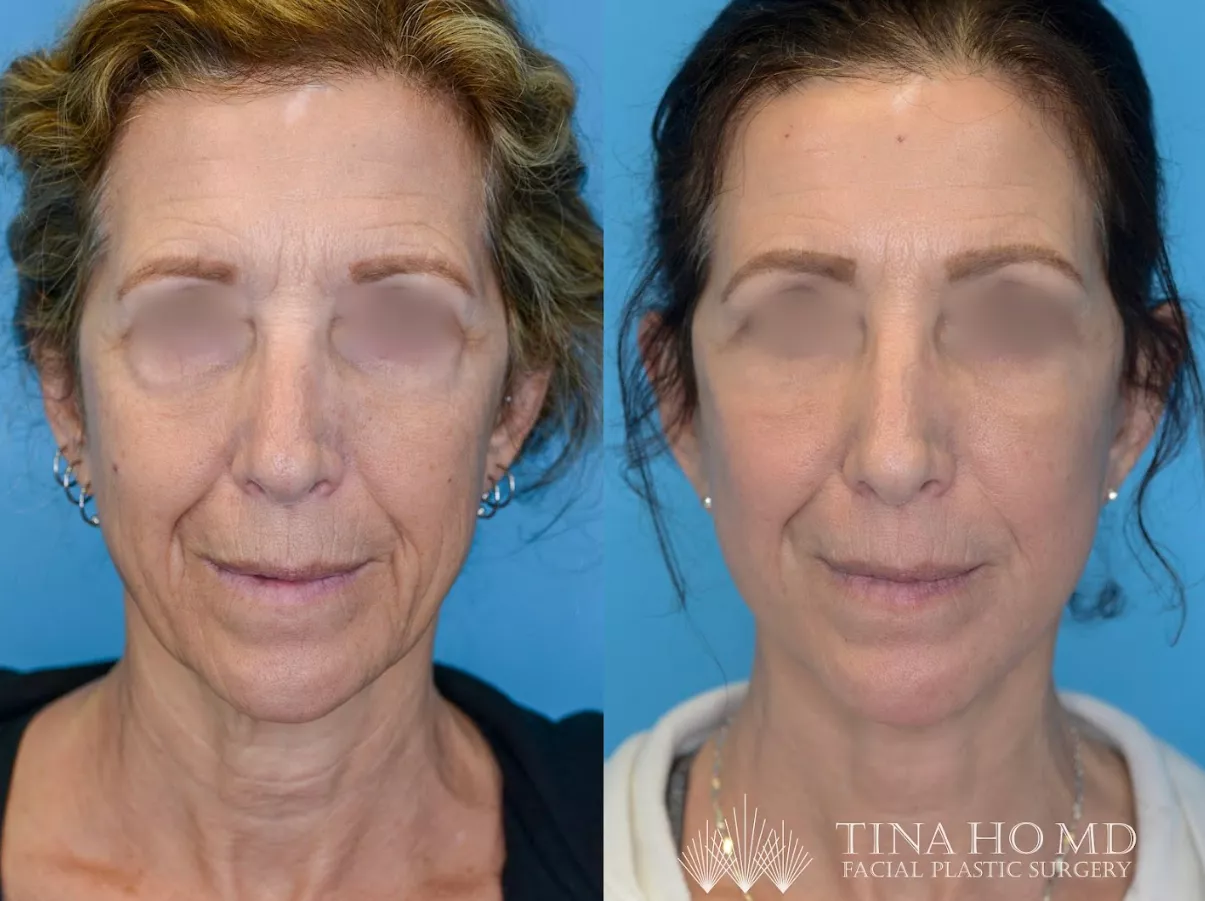
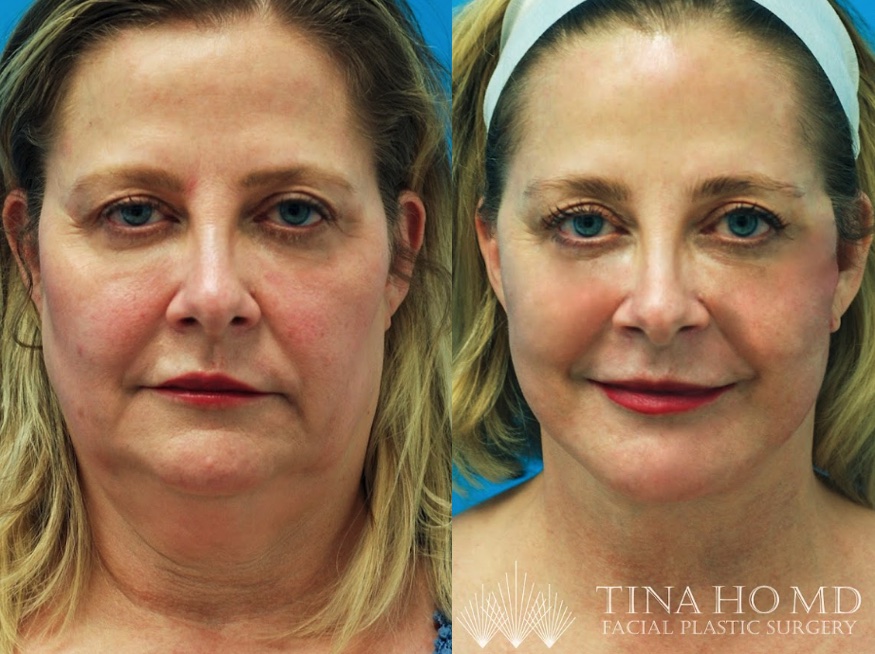
What is a Neck lift?
Educational Videos On The Facelift Procedure
Facelift Before and After Videos
Facelift Patient Testimonial
Testimonial
I am writing this review because I am so impressed with Dr. Tina Ho. About 7 years ago, I had plastic surgery by one of the best plastic surgeons in the Manhattan/Greenwich, Ct area. A surgeon whose clients include many tv personalities including Kathy Lee. I was very pleased with the results.
Needless to say, years later I looked to have some refresher work done, luckily I found Dr. Tina Ho who specializes in plastic surgery in the Philadelphia area. She has extensive experience in both cosmetic and reconstructive plastic surgery techniques. She also strives to provide meticulous, creative, and personalized care throughout the entire surgical process with the end goal of delivering beautiful and natural results.
So Why Do You Recommend Dr. Ho?
While women continue to make up the majority of plastic surgery patients, most surgeons are male. According to the American Society of Plastic Surgeons, the female-to-male ratio of plastic surgeons is approximately 1:5. Opening up to a stranger about your insecurities can be nerve-wracking.
That said, a female plastic surgeon better understands the feelings you have about your body and its aging process. With a female plastic surgeon, you can trust that you’ll be treated with the utmost compassion. You may also feel more comfortable showing another woman the areas of your body you’d like to enhance without fear of judgment. “I can attest to the fact that sitting in front of a male plastic surgeon, even one of the best, (picking apart your face/body) is both embarrassing, intimidating, and humiliating. Plus, it is hard to point out concerns about our faces or body to a man.
However, a female plastic surgeon, such as Dr. Ho, can identify more closely with how women’s bodies develop over time. Ultimately it’s easier to talk to woman-to-woman about your problem areas, so it might be best to work with a female surgeon. “It is a given that all plastic surgeons want you to feel more confident in your appearance, but a woman can better understand your body and why you’re seeking plastic surgery. As a female plastic surgeon and mother,
Dr. Ho can help you translate your treatment goals into realistic outcomes. “If you’re a woman looking into cosmetic surgery and to achieve your desired aesthetic, it’s worth your time to consult with Dr. Tina Ho who’s not only qualified and experienced, but your same gender. She takes the time to discuss your surgical goals and expected outcomes, as well as, the surgery and recovery process.
She is extremely accessible, and makes it a point to address any questions or concerns you may have, and she focuses on recommending the right procedure(s) for you. “Dr. Tina Ho has a passion for combining surgery with aesthetics to help you achieve a youthful face and body that’s beautiful, proportional and natural-looking. She knows that no two patients are the same and she takes the time to understand your unique surgical goals. Dr. Ho takes great pride in seeing her patients enjoy a boost in their confidence and self-esteem following plastic surgery.
BEFORE & AFTER PHOTOS
What is Dr. Ho’s approach to Facelift and Neck Lift?
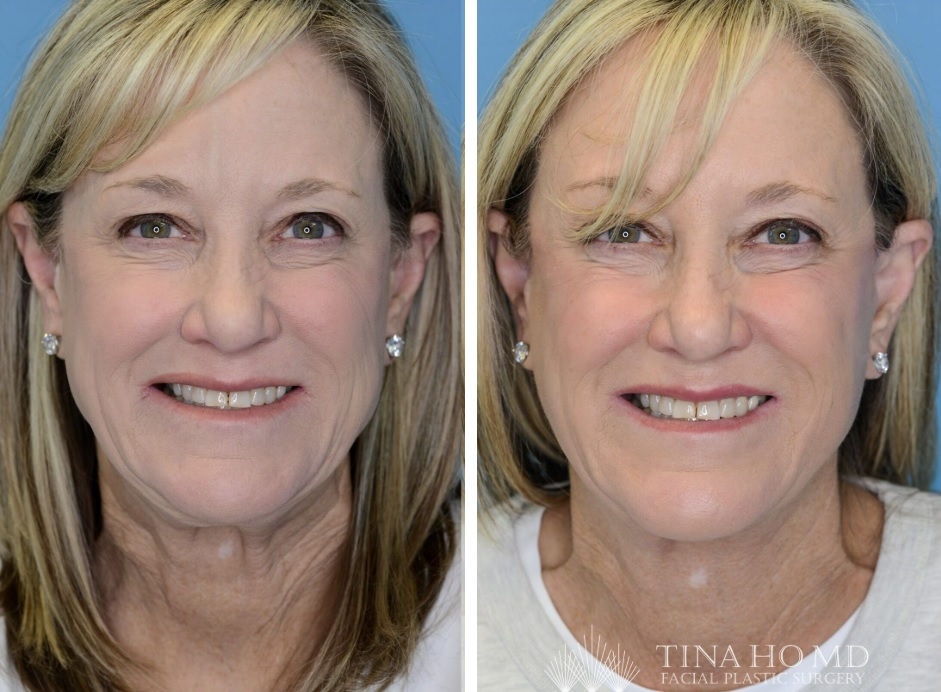
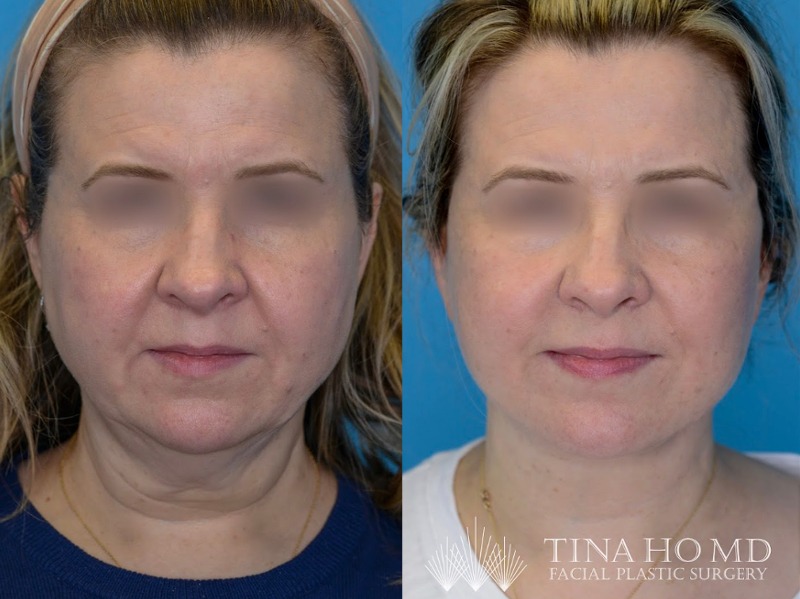
DR. HO’S LATEST MEDIA FEATURES
Book Now
“I strive to create a fresh, more youthful, and unoperated look for every facelift and neck lift patient.”
– Dr. Tina Ho

FAQ’s

What should patients expect after Facelift and Neck Lift?
What type of patient is the ideal candidate for Facelift and Neck Lift?

The Dedo classification helps guide the plastic surgeon in determining ideal candidates for lower face and neck surgery including submental liposuction, facelift, and neck lift and what anatomic issues need to be addressed with surgery. Class I patients possess good skin and muscle tone with little fat and an ideal cervicomental angle. Class II, III, IV, and V patients demonstrate skin laxity, focal fat accumulation, platysmal banding, and weak chin, retrospectively. Class VI patients have an abnormal hyoid position and will likely have suboptimal results with surgery.
What Is Platysma Banding?
Platysma banding is considered as one of the first signs of aging in the neck. It refers to the appearance of vertical neck lines usually in the midline of the neck that become more pronounced with facial animation and is due to hyperactivity of the platysma muscle. There are various non-surgical and surgical treatment options for improving this issue that range from neurotoxin to platysma plication, which can be performed at the time of facelift and neck lift. Dr. Ho is experienced in both non-surgical and surgical management of platysma banding and will work with each patient to determine the best treatment option based on their neck anatomy and treatment goals.
What are other surgical procedures that are routinely performed with Facelift?
How Much Does a Facelift Cost?
The scope of each facelift procedure will have an impact on its price. With that said, the cost of a facelift in Philadelphia is determined by factors such as the type of anesthesia used and the amount of operation time required. At the time of consultation, Dr. Ho’s surgical coordinator provides a formal individualized surgical fee quote to each patient. The average cost ranges from $28,000-$33,000 plus facility fees. Other things to consider are if this is a regular or mini facelift.
What Is Deep Plane Facelift?
Deep plane facelift is one type of facelift surgery that is centered on lifting the skin and SMAS or muscle layer together as one unit to create long-lasting facial rejuvenation results. Compared to other SMAS flap approaches to facelift including SMAS imbrication and SMAS plication, the deep plane technique involves making an incision into the SMAS layer more anteriorly with more medial elevation under the SMAS layer and greater release of multiple ligaments tethering the aging face. The outcome of the deep place facelift is a powerful yet naturally lifted face with minimal tension including enhanced lift and projection in the midface. Deep plane facelift is a technically more advanced surgery that may be associated with more prolonged healing but yields longer lasting results. Dr. Tina Ho is experienced in the deep plane approach and will thoroughly evaluate each facelift candidate to determine whether they may benefit from deep plane facelift.
What Is the difference between Facelift and Lower Facelift? What is a Mini Facelift?
Plastic surgeons who specialize in facelift surgery may use a variety of terminology to label the procedure to help distinguish their surgical approach for marketing and patient education purposes. Lower facelift typically refers to a facelift procedure that only addresses the lower face including the jawline. Mini facelift can be described as a facelift surgery that involves smaller incisions and less tissue resuspension and benefits those patients with milder skin and soft tissue laxity issues. Therefore, terms such as lower facelift and mini facelift may give patients the impression that the anticipated surgery is less invasive with shorter downtime compared to traditional facelift surgery. Dr. Ho spends ample time and effort to explain her customized surgical approach to each facelift patient and address their questions and concerns to ensure that both are on the same page regarding surgical goals and expectations.
What Is Revision Facelift surgery?
Revision facelift surgery refers to a facelift procedure that is performed on a patient with history of prior facelift. A patient may be a candidate for revision facelift if they are seeking corrective surgery to improve a new or persistent deformity after fully healing from recent surgery or repeat surgery several years after an initial facelift for additional facial rejuvenation. Although facelift surgery delivers permanent results, the surgical results may only last for several years out and then start to fade since the face and neck continue to age over time. Revision facelift surgery is typically much more challenging compared to primary facelift given that the facial anatomy is altered with scar tissue present. The risks of bleeding and poor healing as well as needed surgical time may be higher with revision surgery.
Book Now

